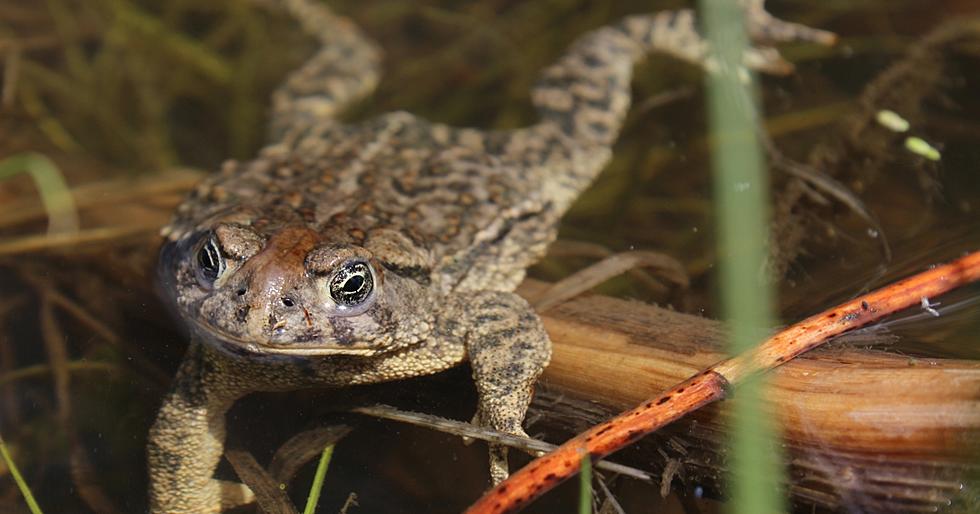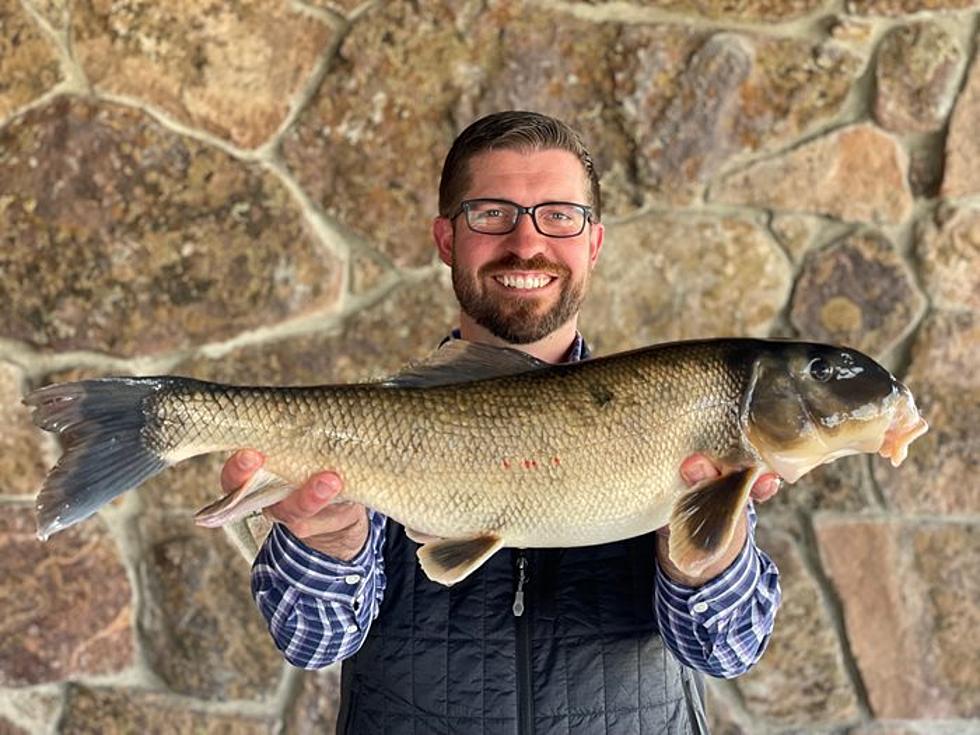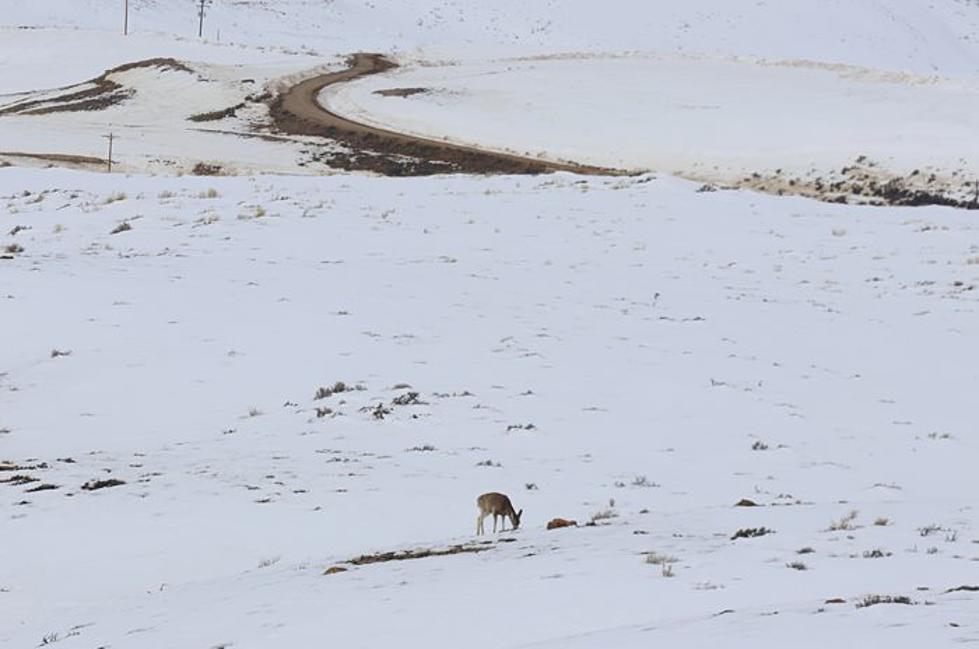![Boaters Expect To Be Inspected This Holiday Weekend [AUDIO]](http://townsquare.media/site/101/files/2011/07/Threats_1_thumb.png?w=980&q=75)
Boaters Expect To Be Inspected This Holiday Weekend [AUDIO]
Last year under direction of the Wyoming Legislature, the Wyoming Game and Fish Division quickly put together an inspection process that continues this year.
Game and Fish personnel have been assigned to the larger bodies of water for inspection this weekend and throuout the summer. If you have a clean and dry boat , the inspection will take 2-3 minutes. Keep in mind that if your boat has been out of state or in known infested waters you MUST stop at an AIS station or call the Game and Fish to schedule an appointment before launching in Wyoming Waters. Beth Bear joined me on the radio to talk specifics.
What are Aquatic Invasive Species?
Aquatic invasive species (AIS) are organisms that are not native and cause significant harm to an ecosystem when introduced. Harmful impacts can occur to municipal water supplies, recreation, agriculture, aquaculture, and other commercial activities.
Aquatic invasive species including amphibians, crustaceans, fish, pathogens, plants, and mollusks are currently present in Wyoming, most notably the New Zealand mudsnail and the parasite that causes whirling disease. While these species cause problems and need to be controlled, the most significant known threat to Wyoming is from zebra and quagga mussels based on their proximity and demonstrated impacts in neighboring states.
Recreational boating can spread aquatic invasive species when species become attached to the boat or survive in water carried on boats and are moved from one water to another.
Invasive mussels can survive as larvae in just a small amount of water carried in a boat, and juveniles and adults can actually attach to the outside of a boat and move to a new location.
Invasive plants can attach to boats as small fragments that often get tangled in the propeller, and that one small piece can start a whole new invasive plant population at the next water that boat launches at.
More From K2 Radio









